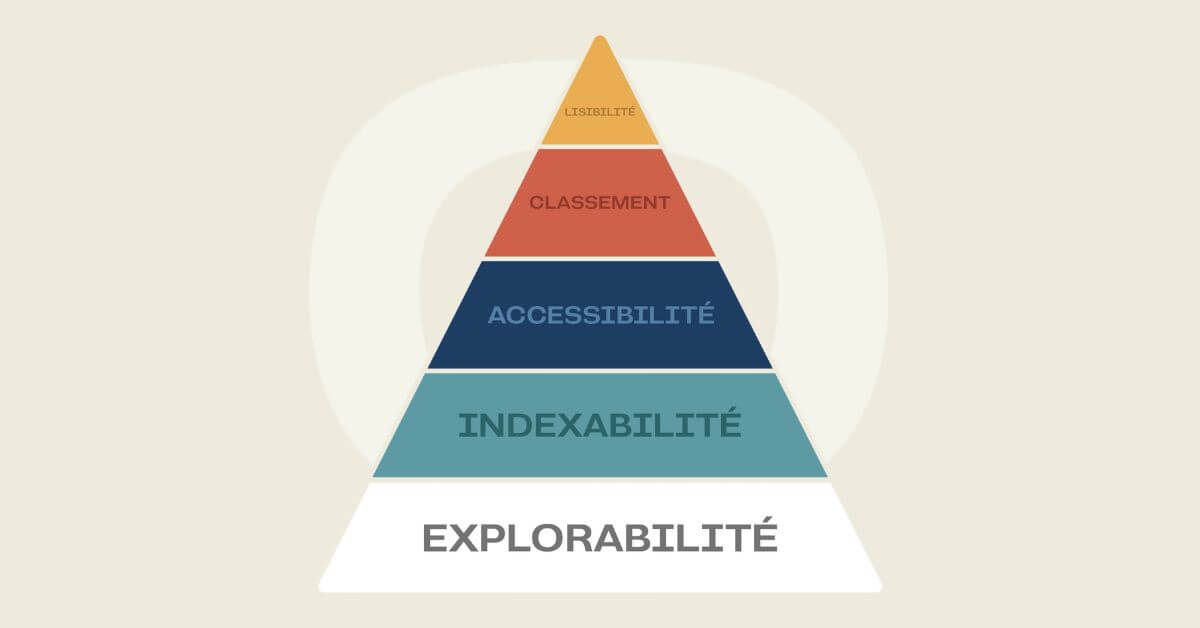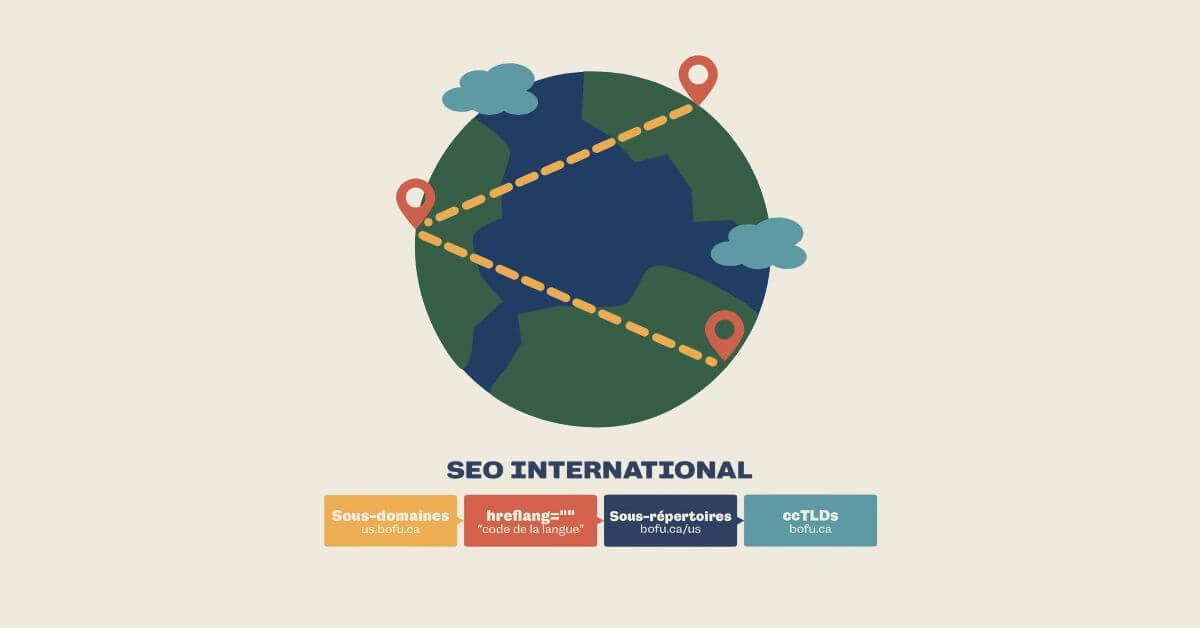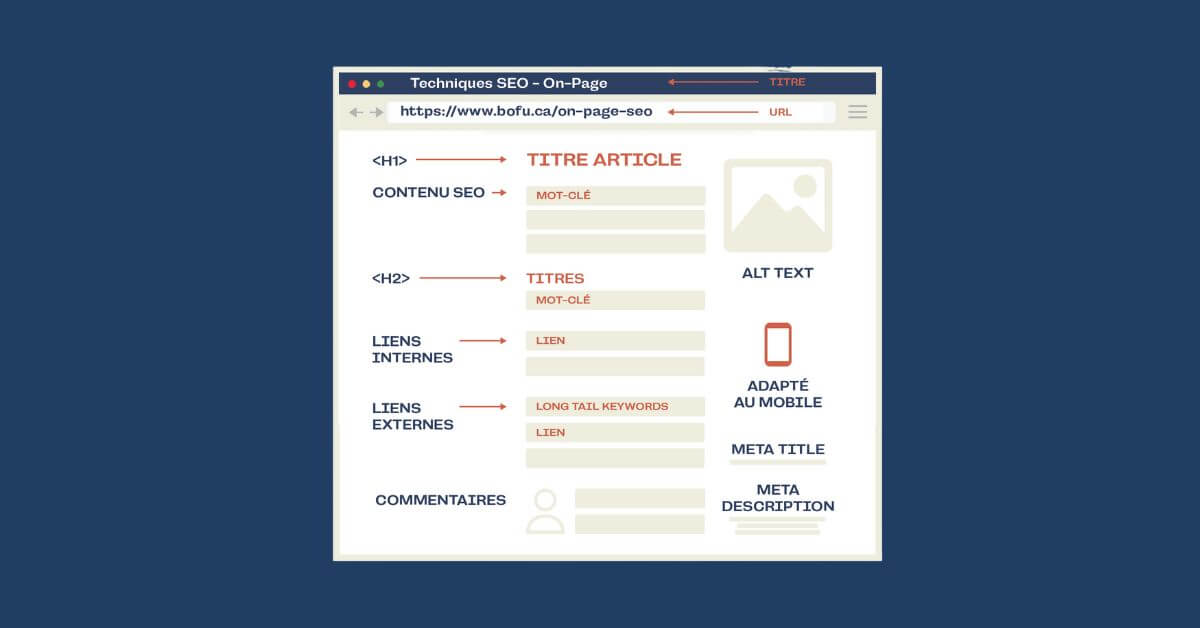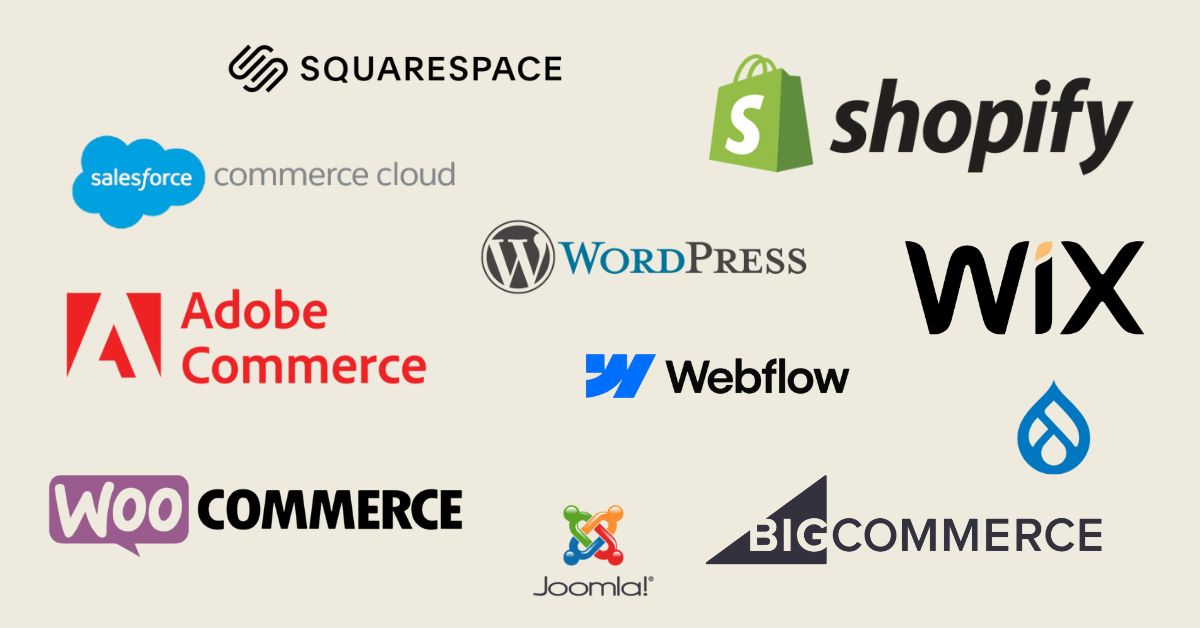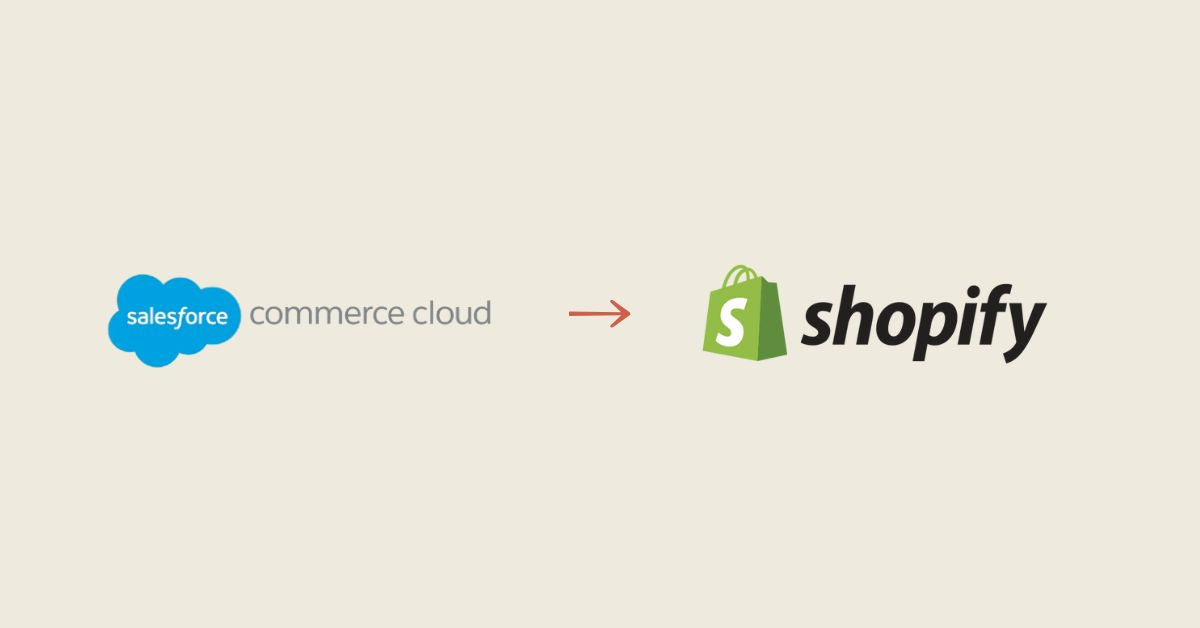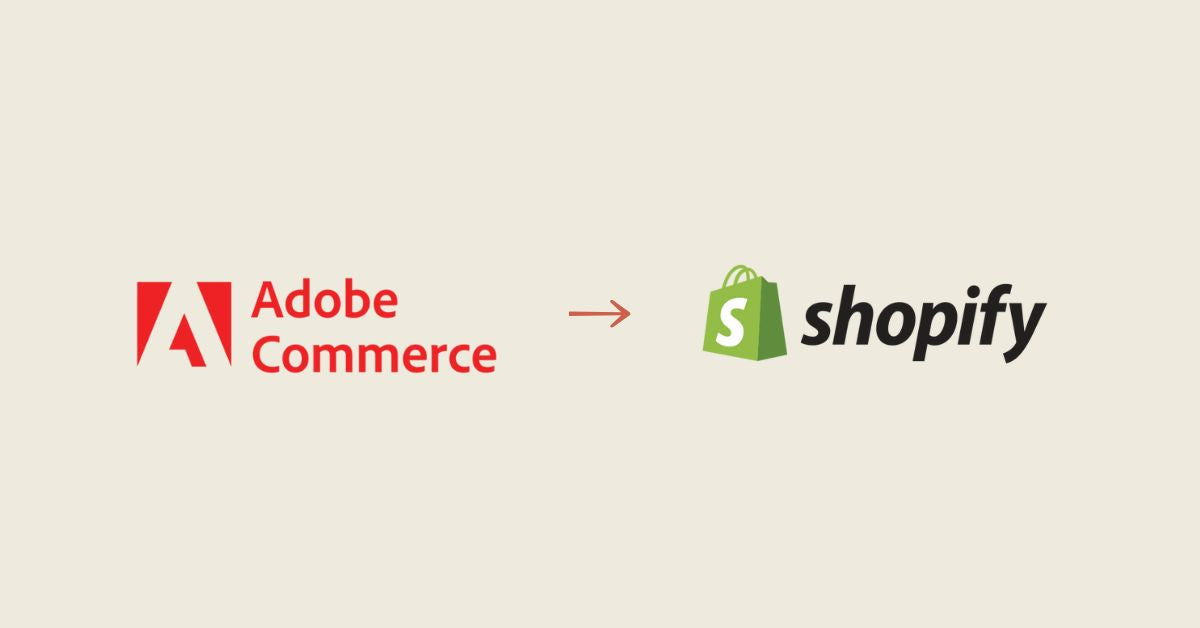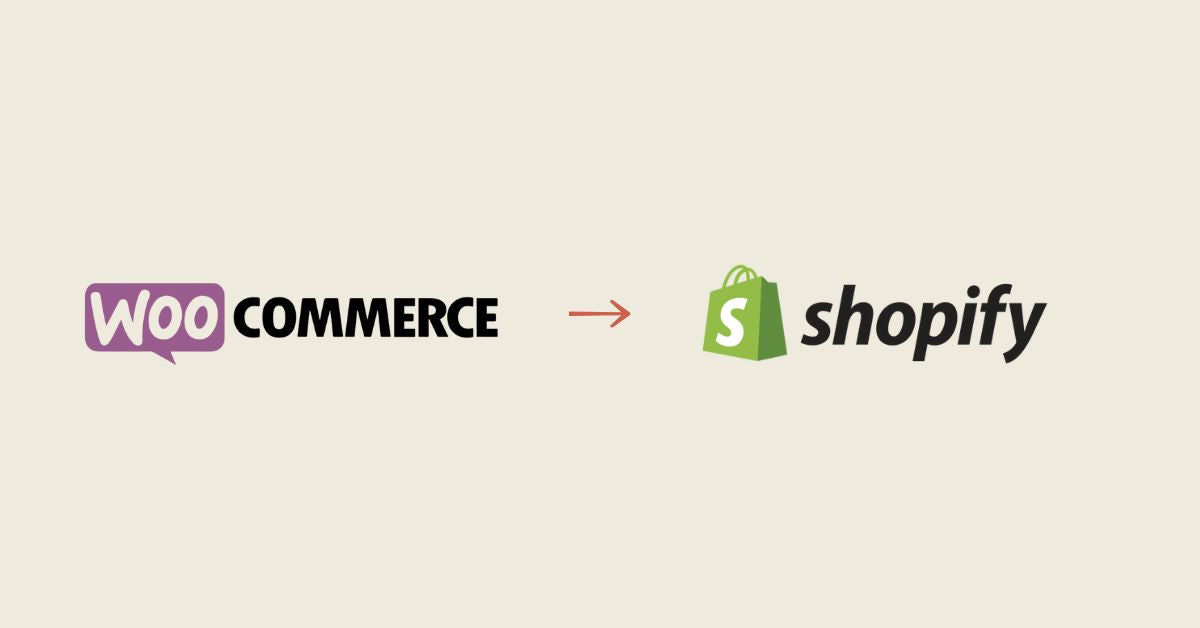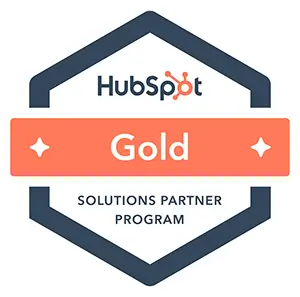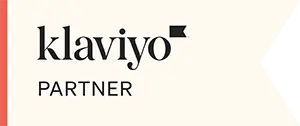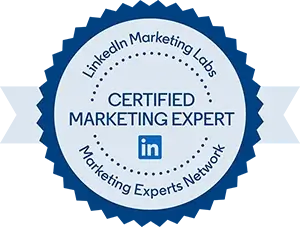SEO isn't just about content quality ( On-page SEO ) or your online reputation ( Off-page SEO ). The third key to improving your ranking on Google is technical SEO . This involves optimizing the technical aspects of your site to make it easier to index, speed up loading, and improve the user experience.
According to a recent study published by Search Engine Journal , technically optimized websites are up to 50% more likely to achieve higher rankings on Google than those that neglect this crucial aspect.
This article will introduce you to the fundamentals of technical SEO, the best practices you can apply today, and how to intelligently integrate artificial intelligence (AI) into your technical SEO strategy using GEO, AEO, and AIO methods.
What exactly is technical SEO?
Technical SEO encompasses all the optimizations carried out directly on the technical infrastructure of your website in order to facilitate the exploration, indexing and interpretation of your content by search engines.
This includes in particular:
-
Optimizing overall site speed and performance
-
Improved crawlability (ease of exploration for robots)
-
Effective management of technical errors (404 errors, redirects)
-
Setting up a secure HTTPS site
-
The Proper Use of Structured Data (Schema.org)
These actions allow Google and other engines to easily index your content, ensuring better organic visibility.
Why is technical SEO essential to your SEO strategy?
Google places a high premium on user experience in its ranking criteria, and the technical aspect is central to this process. A slow or poorly structured site can seriously harm your user experience and your search ranking.
Technical SEO allows you to:
-
To ensure proper indexing of all your pages by Google.
-
To reduce loading time, crucial for user experience (UX).
-
To promote the appearance in rich results (rich snippets) thanks to structured data.
Technical SEO Best Practices to Incorporate Today
Optimize site speed and performance (Core Web Vitals)
Google uses Core Web Vitals to evaluate user experience. These criteria include your site's loading speed, interactivity, and visual stability. You can check these metrics through Google's official PageSpeed Insights tool.
Improve your site speed by compressing your images, enabling caching, and optimizing your JavaScript and CSS code.
Make your site easier to explore (Crawlability)
Make sure your site is easy for Google's crawlers to crawl. To do this:
-
Create and submit a sitemap.xml file to Google Search Console.
-
Check your robots.txt file to avoid accidentally blocking critical resources.
-
Avoid broken internal links and fix 404 errors quickly.
Switch your site to HTTPS
A secure HTTPS site is now a key ranking factor. An unsecured site can be penalized by Google and discourage visitors. If you haven't already, migrate your site to HTTPS as soon as possible.
Use structured data (Schema.org)
Structured data allows search engines to accurately understand the content and context of your pages. It can improve visibility by generating rich snippets, which significantly increase your click-through rate (CTR).
For example, an eCommerce store might integrate product tags, while a service business might tag its customer reviews and FAQs.
Artificial Intelligence (AI) and its impact on technical SEO
Generative Engine Optimization (GEO)
Generative AI engines like ChatGPT and Google Bard prioritize content from technically sound, crawlable sites. Make sure your site is technically optimized to facilitate this intelligent crawling ( Learn more about GEO ).
Answer Engine Optimization (AEO)
Voice assistants like Siri, Alexa, and Google Assistant prioritize technically optimized content to quickly respond to voice queries. Optimize your site technically to reduce loading times and clearly structure your data to be selected as a direct response by these answer engines ( Learn more about AEO ).
AI Indexing Optimization (AIO)
AIO is all about optimizing your site for optimal indexing by AI-powered search engines. By ensuring a clear and technically sound structure, you greatly improve your chances of being indexed quickly and efficiently by Google and other intelligent search engines ( Learn more about AIO ).
Common mistakes to avoid in technical SEO
-
Ignore crawl errors : Check Google Search Console regularly to quickly fix crawl errors.
-
Underestimating site speed : Users quickly leave slow sites, which negatively impacts your SEO and conversions.
-
Not securing your site with HTTPS : An unsecured site can not only scare off visitors, but also harm your SEO.
Conclusion: Technical SEO at the heart of a winning strategy
Technical SEO, in addition to optimized On-page SEO and a good Off-page SEO strategy, constitutes an essential lever for significantly improving your online visibility.
Whether you are a local business ( Local SEO ), international ( Multilingual and International SEO ) or an eCommerce store, technical optimization is a key element in achieving your natural referencing objectives.
Our experts will help you technically optimize your site to achieve tangible and lasting results:


